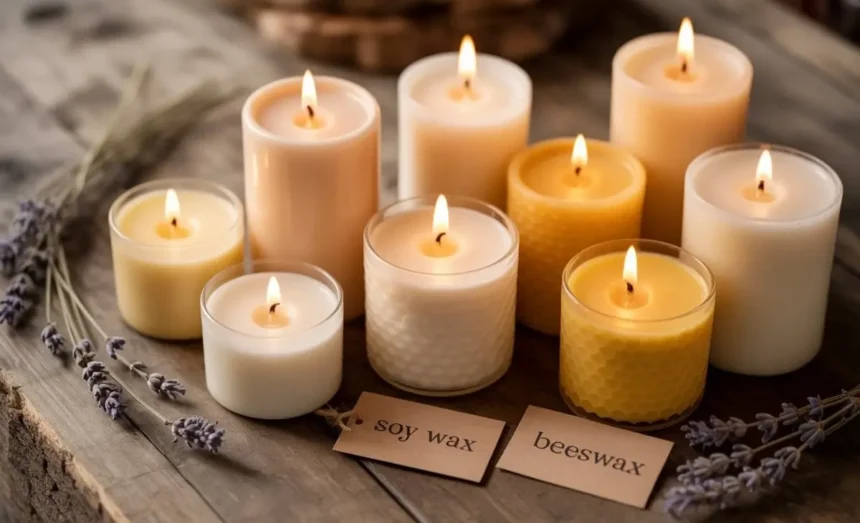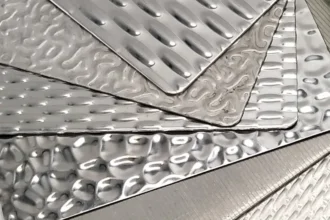Wat wax is more than just a simple product; it’s a beautiful blend of tradition, craftsmanship, and utility. This versatile substance has been used for centuries in various cultures around the world. But what exactly is wat wax? And how can it fit into your daily life? Whether you’re an artisan at heart or someone looking to add a touch of authenticity to your home, understanding wat wax opens up a world of possibilities. Let’s dive into its rich history, explore the art behind its creation, and discover innovative ways to incorporate this timeless material into both practical tasks and decorative elements in your space.
The History and Culture behind Wat Wax
Wat wax has deep roots in various cultures, traditionally used for both practical and ceremonial purposes. Originating from ancient societies, it was often crafted using beeswax or plant-based materials. This natural resource held significance beyond its utility.
In many communities, wat wax became a symbol of craftsmanship. Artisans honed their skills over generations, passing down techniques that transformed simple ingredients into beautiful creations.
Regional variations emerged as different cultures infused their unique aesthetics into the crafting process. The rich colors and intricate patterns reflected local traditions and beliefs.
Additionally, wat wax was integral to rituals and celebrations. Its ability to hold scents made it popular in spiritual practices where fragrance played a key role in enhancing experiences.
Today, the legacy of these cultural practices endures as enthusiasts embrace traditional methods while exploring new applications for this versatile material.
The Craft of Making Wat Wax
Crafting wat wax is an art form steeped in tradition. It begins with selecting high-quality natural ingredients, primarily beeswax and tree resin. These elements are carefully sourced to ensure purity.
Once gathered, the process unfolds slowly. Ingredients melt together over low heat, creating a rich blend of texture and aroma. The careful balance is crucial; too much heat can alter its properties.
After reaching the perfect consistency, artisans pour the mixture into molds or containers. This step requires skill—timing matters as it cools quickly.
As the wax sets, unique scents may be added for personalization. Lavender or citrus oils are popular choices that enhance both function and ambience.
The final product showcases not just utility but craftsmanship—a reflection of cultural heritage passed through generations. Each batch tells a story of dedication and artistry that goes beyond mere practicality.
How to Use Wat Wax for Everyday Tasks
Wat wax is a versatile tool that can simplify numerous everyday tasks. For instance, it works wonders in lubricating squeaky doors or drawers. Just apply a thin layer to the hinges and watch them glide effortlessly.
You can also use wat wax to waterproof your shoes. A quick rub on leather or fabric can create a barrier against moisture, keeping your footwear fresh and dry.
For those who love crafting, watwax serves as an excellent sealant for homemade candles. It helps preserve their fragrance while adding a polished look.
If you’re dealing with stubborn stickers or labels, applying some wat wax makes peeling them off much easier. The residue comes off without hassle.
Don’t forget about furniture care! A little bit of watwax will enhance the shine on wooden surfaces while protecting them from scratches and wear over time.
Unique Ways to Incorporate Wat Wax into Your Home Decor
Wat wax isn’t just functional; it’s a creative medium for home decor. One unique way to incorporate it is by making decorative candles. The warm glow of watwax candles can add an inviting ambiance to any room.
You can also use wat wax to seal and protect wooden furniture. A simple application enhances the wood’s natural beauty, giving your pieces a fresh look.
Try creating custom coasters with watwax as well. By mixing colors or adding textures, you can design coasters that reflect your personal style while keeping surfaces safe from moisture.
For a more artistic touch, consider using wat wax in mixed media art projects. Its versatility allows you to experiment with layering techniques on canvas or paper.
Think about applying wat wax on picture frames for added durability and charm. It lends an artisanal feel that elevates even the simplest décor elements.
Sustainability and Ethical Considerations of Using Wat Wax
The rise of eco-conscious consumerism has brought attention to materials like watwax. This natural product is derived from organic sources, making it an attractive option for those looking to reduce their environmental impact.
Wat wax production often involves traditional methods that require minimal energy and resources. Artisans typically harvest ingredients sustainably, ensuring the ecosystem remains balanced.
Using watwax supports local economies and encourages craftsmanship over mass production. It fosters a connection between consumers and makers, promoting fair trade practices.
Moreover, wat wax serves as a biodegradable alternative to synthetic products commonly found in households today. Its natural composition means it won’t contribute harmful chemicals into landfills or waterways.
Choosing wat wax is not just about utility; it’s also about embracing ethical responsibility towards our planet and communities. This mindful choice reflects a commitment to sustainability while enjoying the benefits of versatile home products.
Conclusion: Embracing the Tradition and Versatility of Wat Wax
Wat wax stands as a testament to the rich traditions that span generations. Its origins are deeply rooted in culture, reflecting practices that honor craftsmanship and utility.
Incorporating watwax into daily life not only celebrates its history but also enhances modern living. The versatility of this material allows for endless creativity, whether in practical applications or home decor enhancements.
By embracing wat wax, you’re connecting with a narrative far beyond mere functionality. It invites you to explore sustainability while adding artistic flair to your surroundings.
This timeless substance encourages mindfulness in consumption, reminding us of our relationship with nature’s resources. As we rediscover these age-old techniques, watwax becomes more than just a product; it transforms into an experience filled with meaning and purpose.
FAQs
What is wat wax?
Wat wax is a natural, multi-purpose substance derived from plant-based materials. It’s often used in crafting and home decor due to its versatility and eco-friendly properties.
How do I make my own wat wax?
Creating your own wat wax involves melting natural ingredients like beeswax, soy wax, or candelilla wax and mixing them with essential oils for fragrance. There are plenty of tutorials available online that guide you through the process step-by-step.
Can I use wat wax on food items?
Yes, but it’s essential to ensure that the specific type of wat wax you’re using is food-safe. Many people use it to coat cheese or wrap leftovers as an alternative to plastic wrap.
Is wat wax sustainable?
Absolutely! Wat wax is made from renewable resources, making it a more environmentally friendly choice compared to synthetic alternatives. Always look for sustainably sourced ingredients when purchasing commercial products.
Where can I buy high-quality wat wax?
You can find high-quality wat wax at craft stores or online retailers specializing in sustainable goods. Be sure to choose brands that prioritize ethical sourcing and production methods.
What are some creative uses for leftover bits of waning wat wax?
Don’t throw away those little scraps! They can be melted down again for reuse in new projects or even added into DIY candles for extra texture and scent!
Exploring these questions about wat wax opens up a world rich with tradition, creativity, and sustainability. Whether you’re looking to enrich your lifestyle or simply trying out new crafts, there’s much more than meets the eye with this versatile material.

















